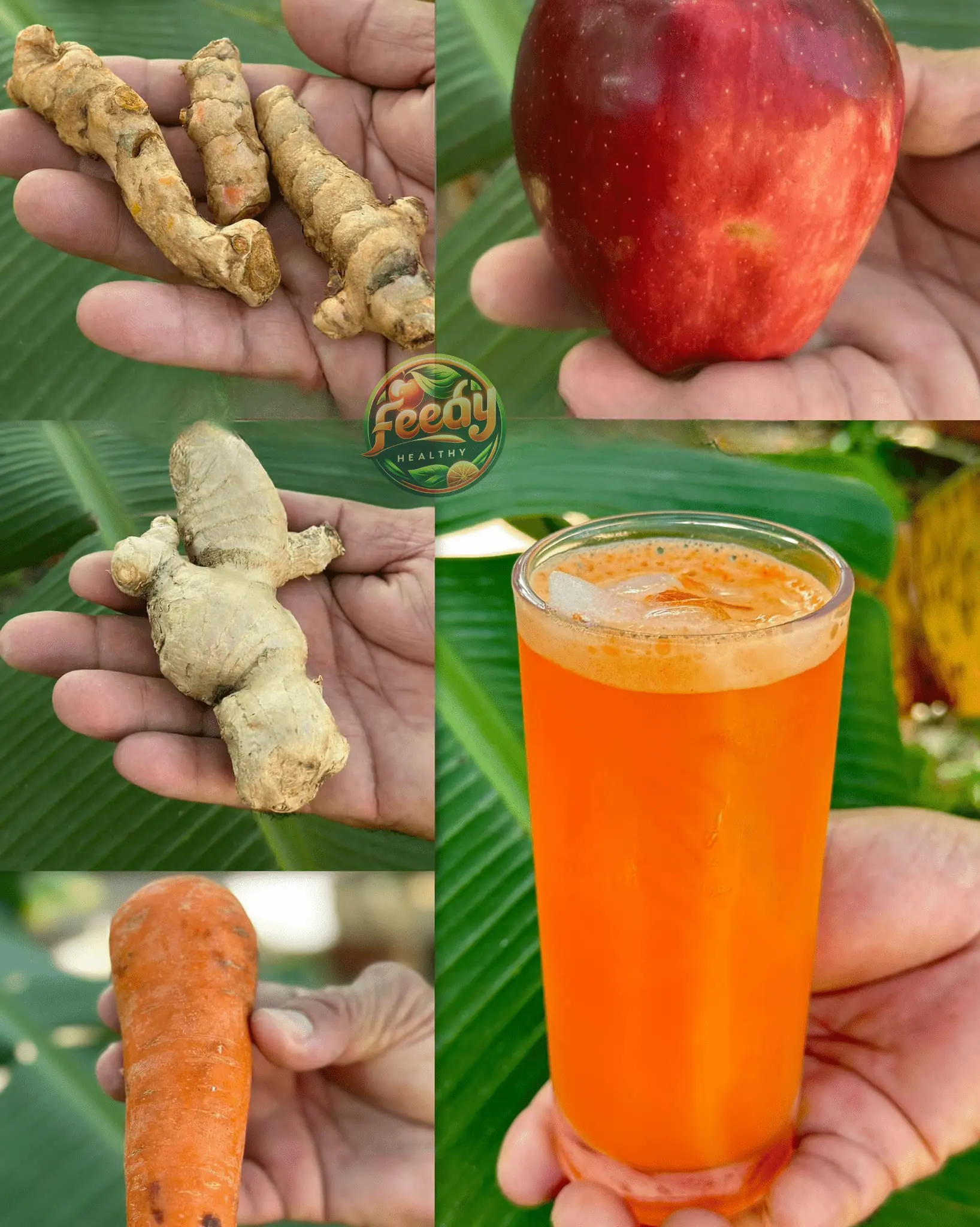
Cattails: Nature’s Hidden Treasure for Nutrition and Survival
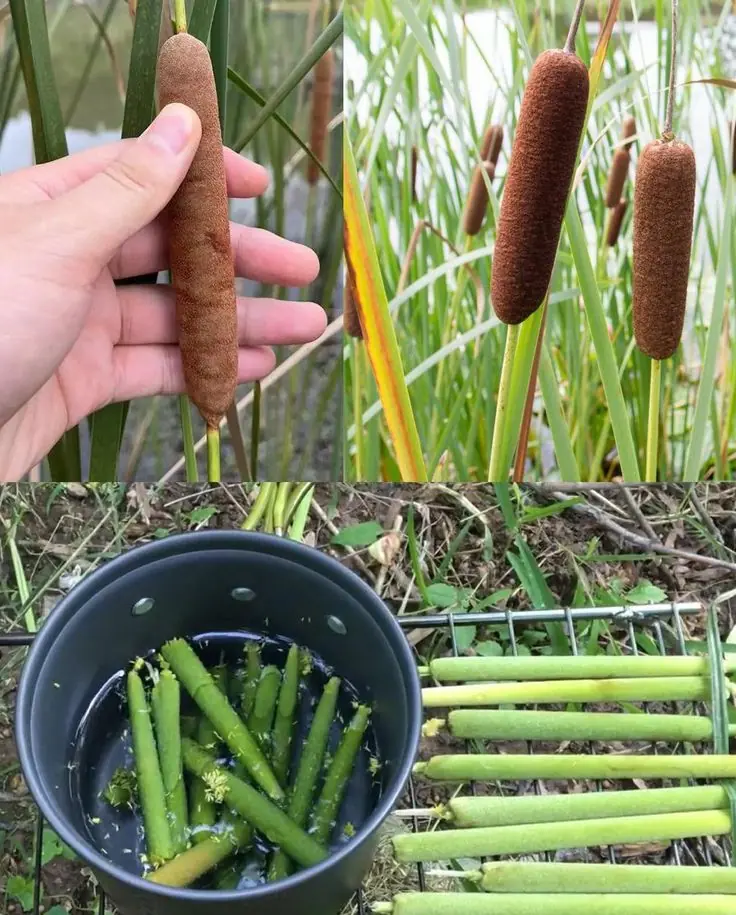
Cattails (Typha species), often overlooked, are among the most versatile and nutrient-rich plants found in wetlands and marshy areas worldwide. For centuries, they have served as a vital food source for foragers and indigenous cultures, offering sustenance, utility, and nourishment in one resilient plant. From their rhizomes to their pollen, cattails provide a plethora of benefits that make them a valuable resource for both culinary and survival needs.
Edible Parts of Cattails and Their Benefits
1️⃣ Rhizomes (Roots): Nature’s Energy Powerhouse
The rhizomes are the most valuable part of the cattail, offering a dense source of carbohydrates, fiber, and essential minerals like potassium and magnesium. They provide sustained energy and support digestive health, making them indispensable in survival situations.
🌟 Key Benefits:
- High in complex carbohydrates for long-lasting energy.
- Rich in fiber to promote gut health and regulate bowel movements.
- Mineral-rich to support heart health and muscle function.
🍴 How to Use:
- Roast or boil rhizomes for a starchy side dish.
- Grind dried rhizomes into a fine flour to bake bread or thicken soups.
- Chew raw rhizomes to extract starch in emergency scenarios.
2️⃣ Shoots and Stalks: A Fresh and Nutritious Treat
Known as “cattail hearts,” the young shoots have a mild, cucumber-like taste and are low in calories, making them perfect for health-conscious diets.
🌟 Key Benefits:
- Rich in vitamins C and A to support immunity and vision.
- Low in calories for healthy weight management.
🍴 How to Use:
- Enjoy raw in salads for a fresh crunch.
- Sauté or add to stir-fries for a mild, tender flavor.
3️⃣ Flower Spikes: A Unique Foraged Delicacy
The immature green flower spikes are a forager’s delicacy that can be boiled and enjoyed like corn on the cob.
🌟 Key Benefits:
- A good source of dietary fiber.
🍴 How to Use:
- Boil and serve with butter and seasoning as a unique alternative to corn.
4️⃣ Pollen: Nature’s Protein-Rich Flour
Cattail pollen, bright yellow and high in protein, has long been used as a flour substitute or supplement.
🌟 Key Benefits:
- An excellent source of plant-based protein, perfect for vegetarian or vegan diets.
- Contains antioxidants that support cellular health.
🍴 How to Use:
- Mix into pancake batter, bread dough, or soups for a nutrient boost.
5️⃣ Leaves and Stems: Beyond Food
While not a primary food source, cattail leaves can be used as biodegradable cooking wraps, similar to banana leaves.
🌟 How to Use:
- Enhance the flavor of steamed foods.
- Use as eco-friendly wraps for cooking and food storage.
Why Rhizomes Are the Cornerstone of Cattail Nutrition
Among all the edible parts, the rhizomes stand out as the most important due to their high carbohydrate content, which provides sustained energy—particularly crucial in survival situations. They are available year-round, making them a reliable food source when other resources are scarce.
🌟 Key Benefits:
- Energy Source: High in complex carbs for long-lasting energy.
- Digestive Health: Rich in fiber to support gut health.
- Mineral-Rich: Contains essential minerals like potassium and magnesium for heart and muscle function.
Additional Benefits of Cattails
- Sustainability: Cattails are a renewable food source that thrives in wetlands, offering an eco-friendly alternative to industrial agriculture.
- Antioxidant Properties: The pollen and young shoots are rich in antioxidants, helping to combat oxidative stress.
- Versatile Applications: Beyond food, cattail leaves and fibers are used for weaving mats, making baskets, and even insulating homes.
- Adaptable Flavor Profile: Cattails’ mild taste allows them to blend seamlessly into various dishes, from soups and stews to baked goods.
Harvesting and Safety Tips
- Choose Clean Water Sources: Cattails can absorb pollutants, so ensure they are harvested from clean, uncontaminated wetlands.
- Harvest Responsibly: Only take what you need to ensure the plant population remains sustainable.
- Preparation: Thoroughly clean all parts of the plant to remove any dirt or contaminants before cooking or processing.
Cattails: A True Gift from Nature
Cattails are far more than just common wetland plants—they are a treasure trove of nutrition and utility. From their versatile rhizomes to their protein-rich pollen, they offer a sustainable, nutrient-dense food source for foragers, survival enthusiasts, and anyone curious about wild foods. Their abundance, nutritional value, and practical uses remind us of nature’s hidden potential.
Next time you come across these resilient plants, consider the possibilities they hold for your health and sustenance. With cattails, you’ll discover that the wonders of nature are closer than you think. 🌿✨
News in the same category

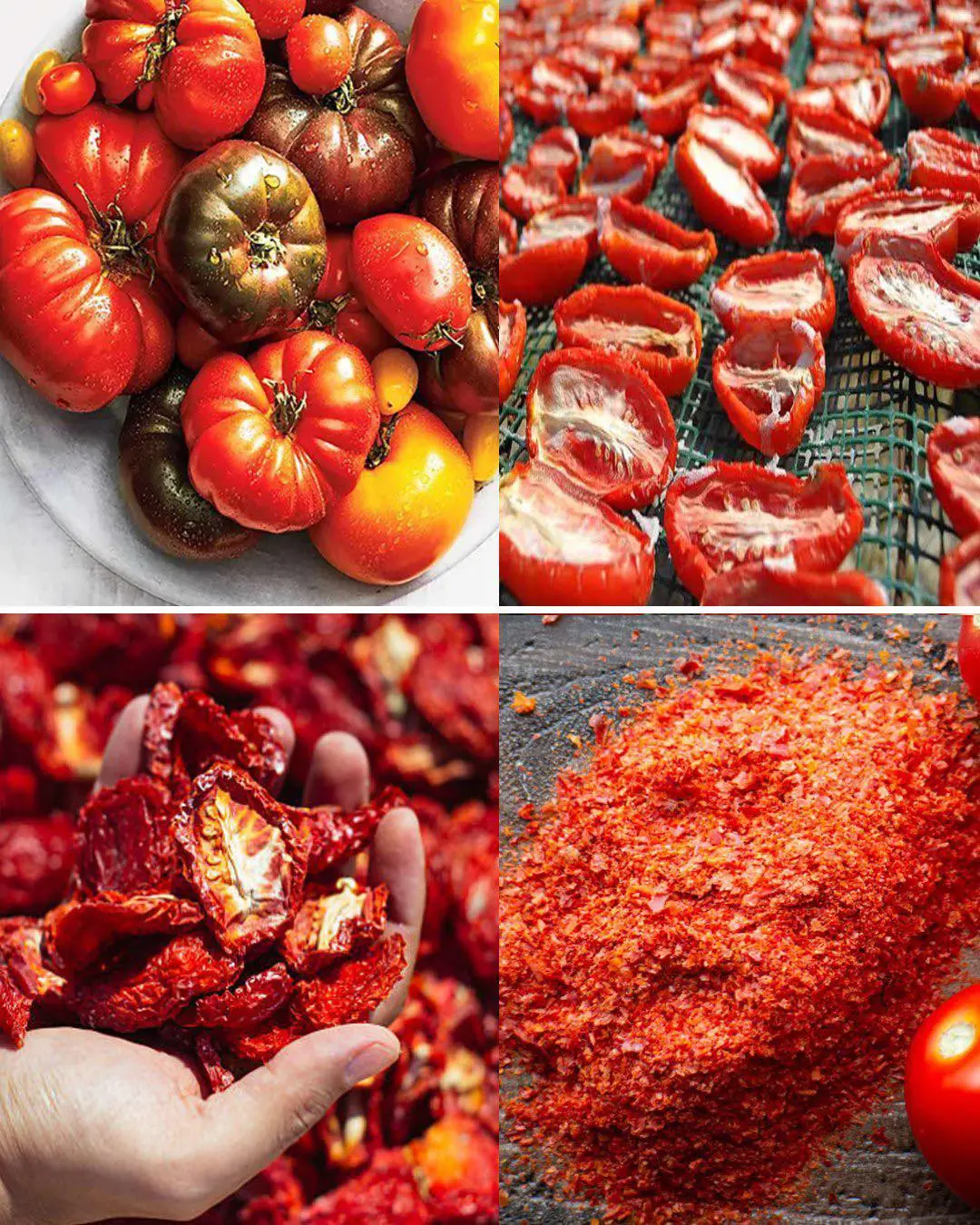
Turn Overripe Tomatoes into Flavorful Tomato Powder Instead of Waste

Dates & Papaya: A Powerful Duo for Your Health
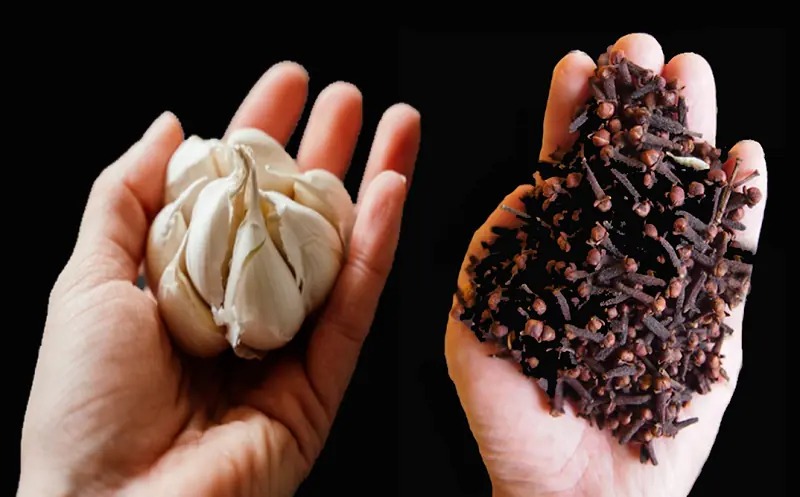
Garlic, Honey, and Cloves – A Powerful Natural Remedy for Better Health
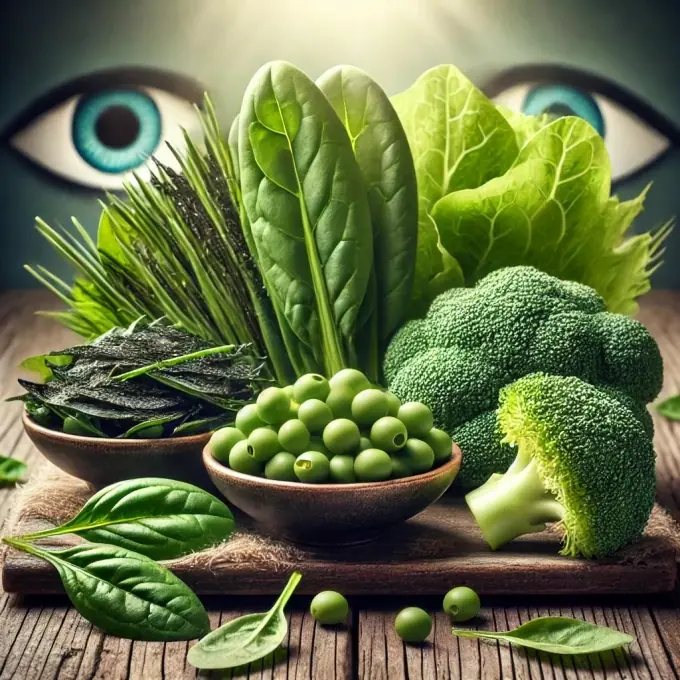
5 Essential Leaves to Naturally Enhance Eye Health
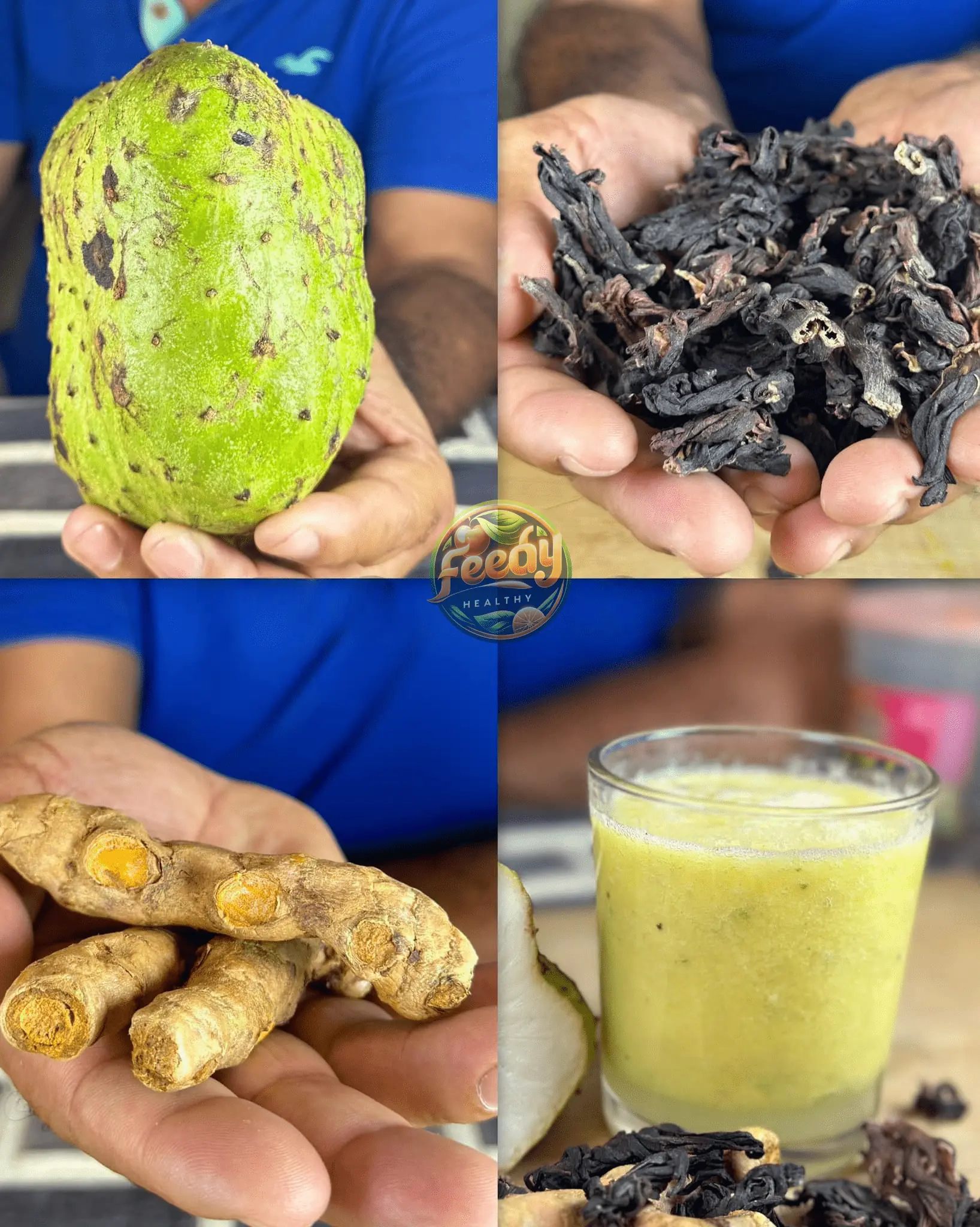
The Drink That Will Empty Hospitals in 2025 – Cures Diabetes, High Blood Pressure, and Cancer Without Medication
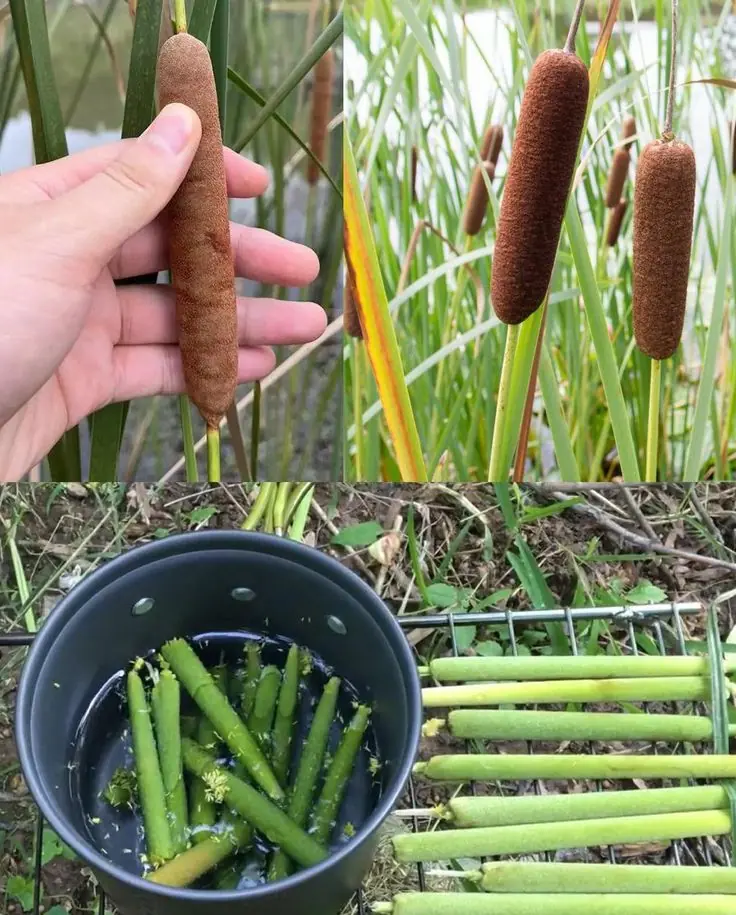
Cattails: Nature’s Hidden Treasure for Nutrition and Survival
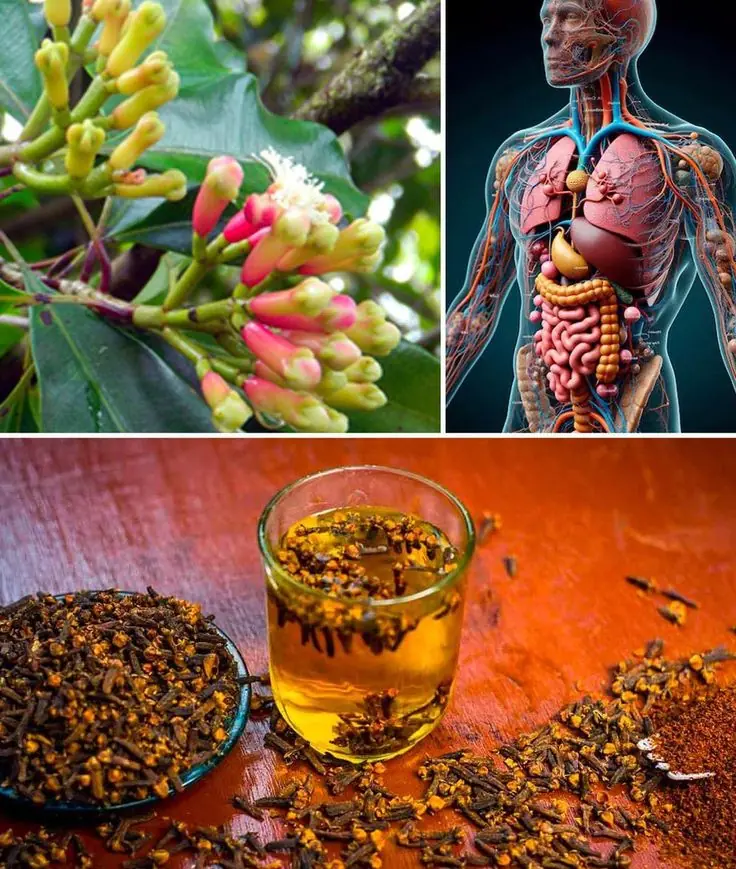
8 Surprising Benefits of Water Cloves You Probably Didn’t Know About
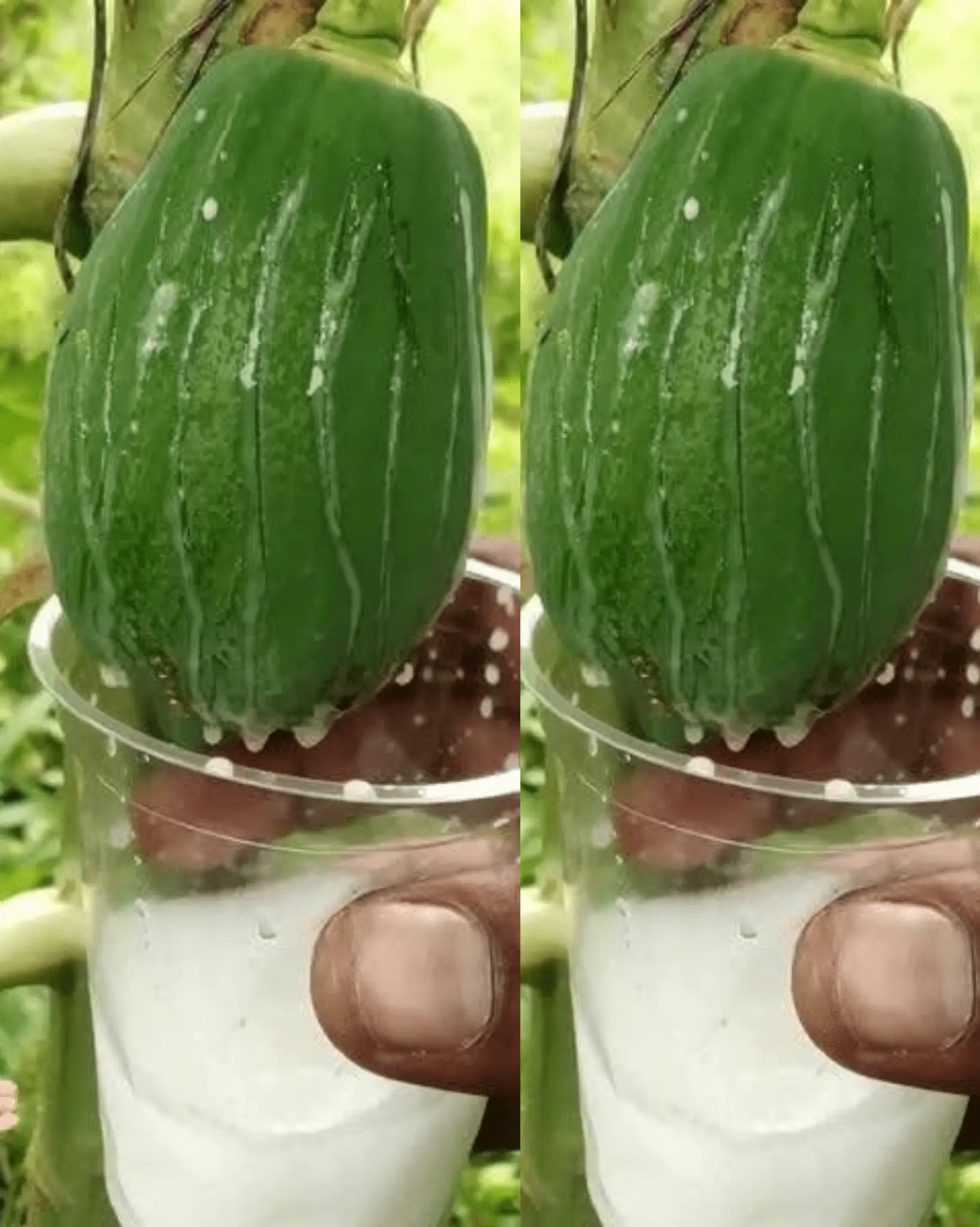
Papaya Sap: Nature’s Hidden Elixir for Health and Wellness
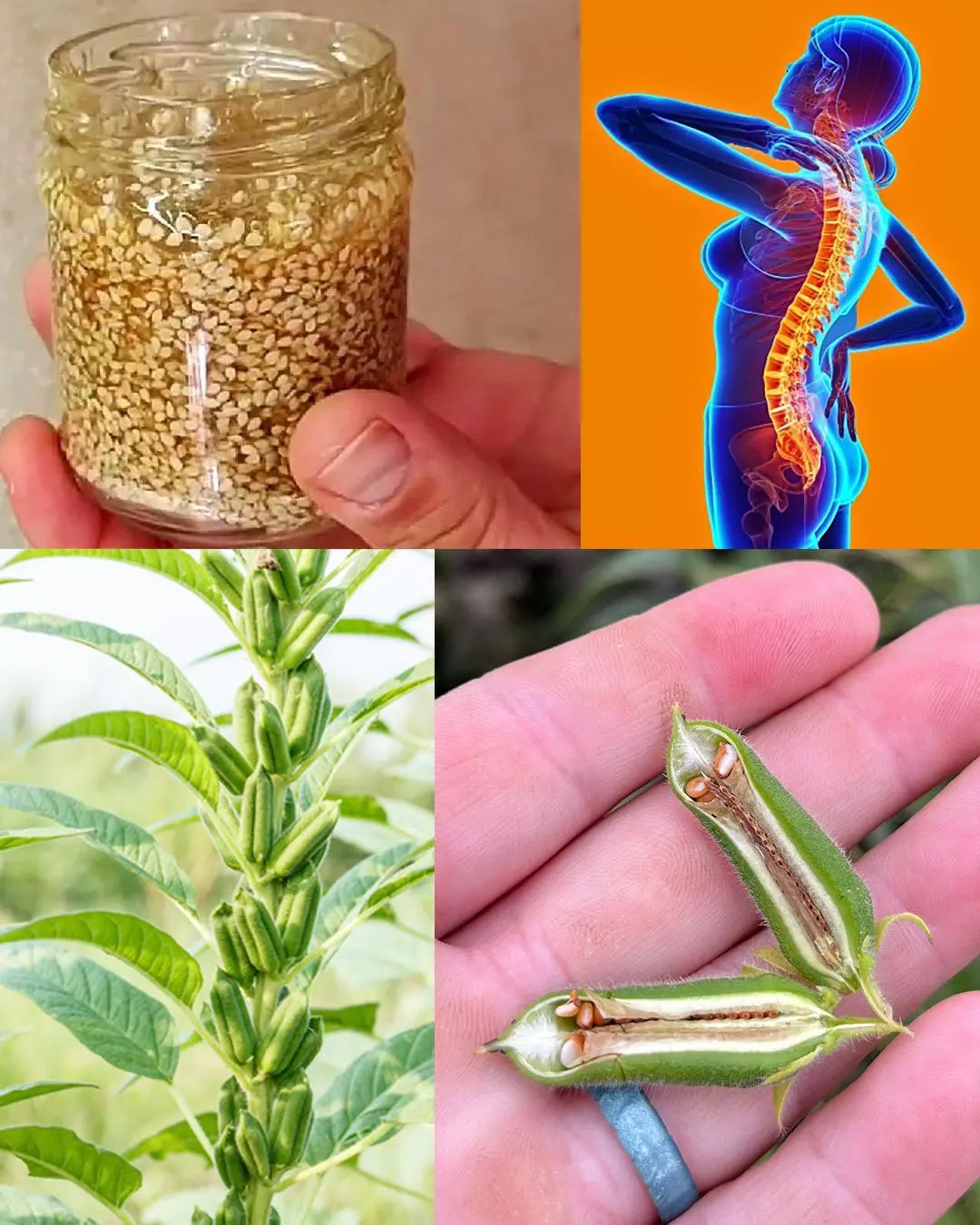
10 Incredible Health Benefits of Eating Sesame Seeds Daily – A Teaspoon a Day Can Transform Your Health!

Rise in Cancer Under 45: The Ultra-Processed Food Connection
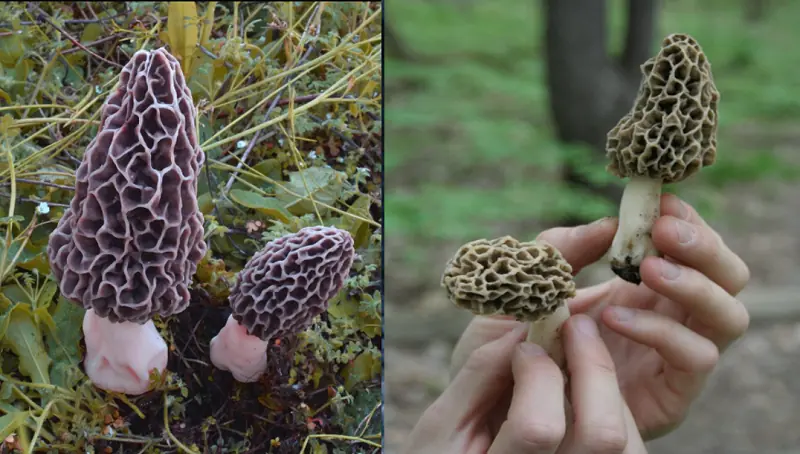
The Ultimate Guide to Morel Mushrooms: Foraging, Cooking, and Health Benefits
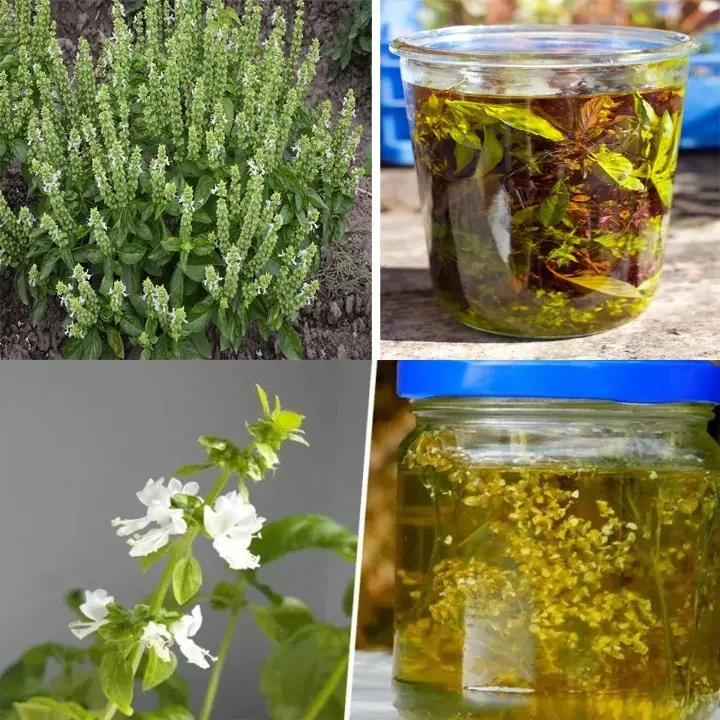
Never Throw Away Basil Flowers: 5 Incredible Ways to Use Them
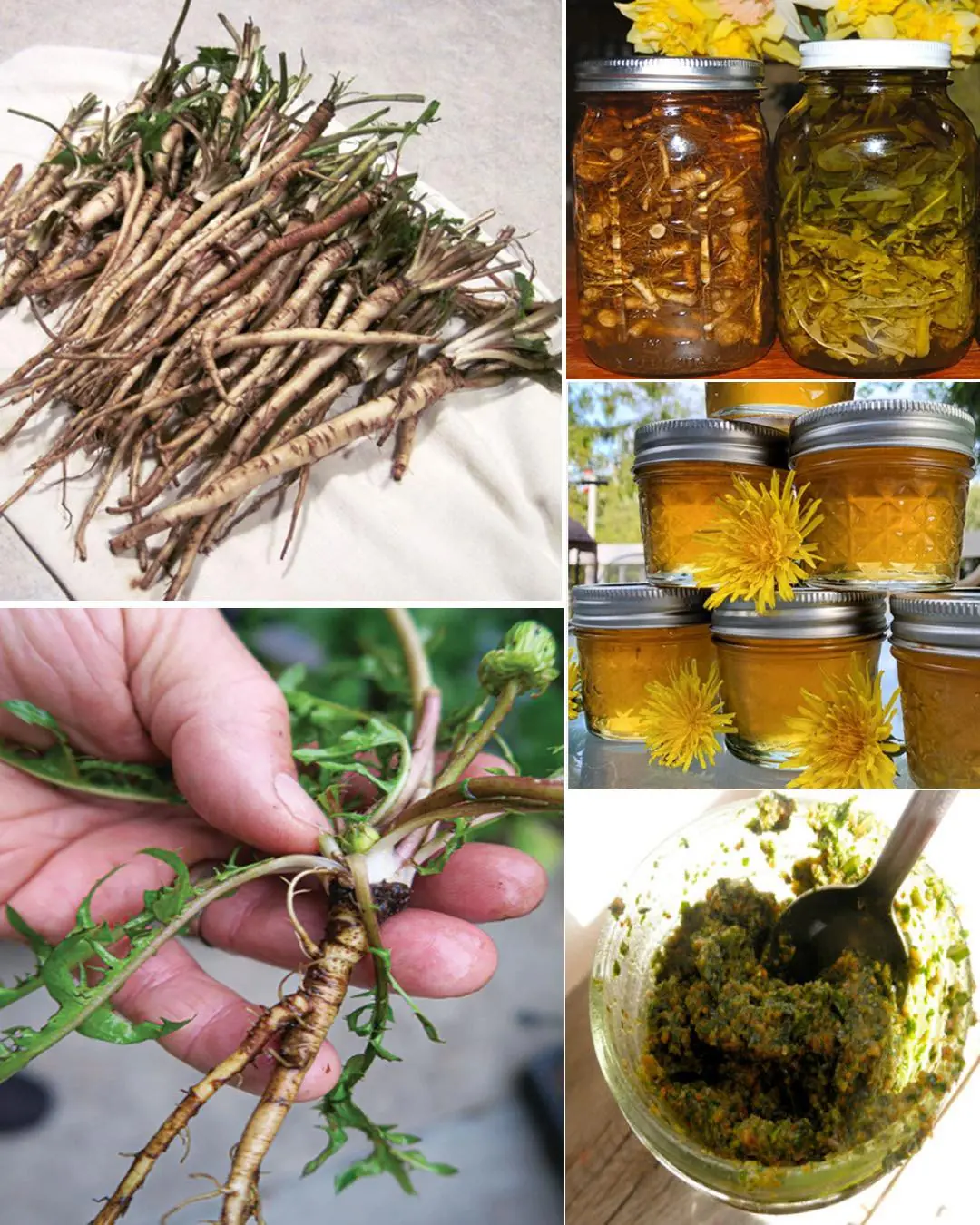
11 Powerful Health Benefits of Dandelion Roots
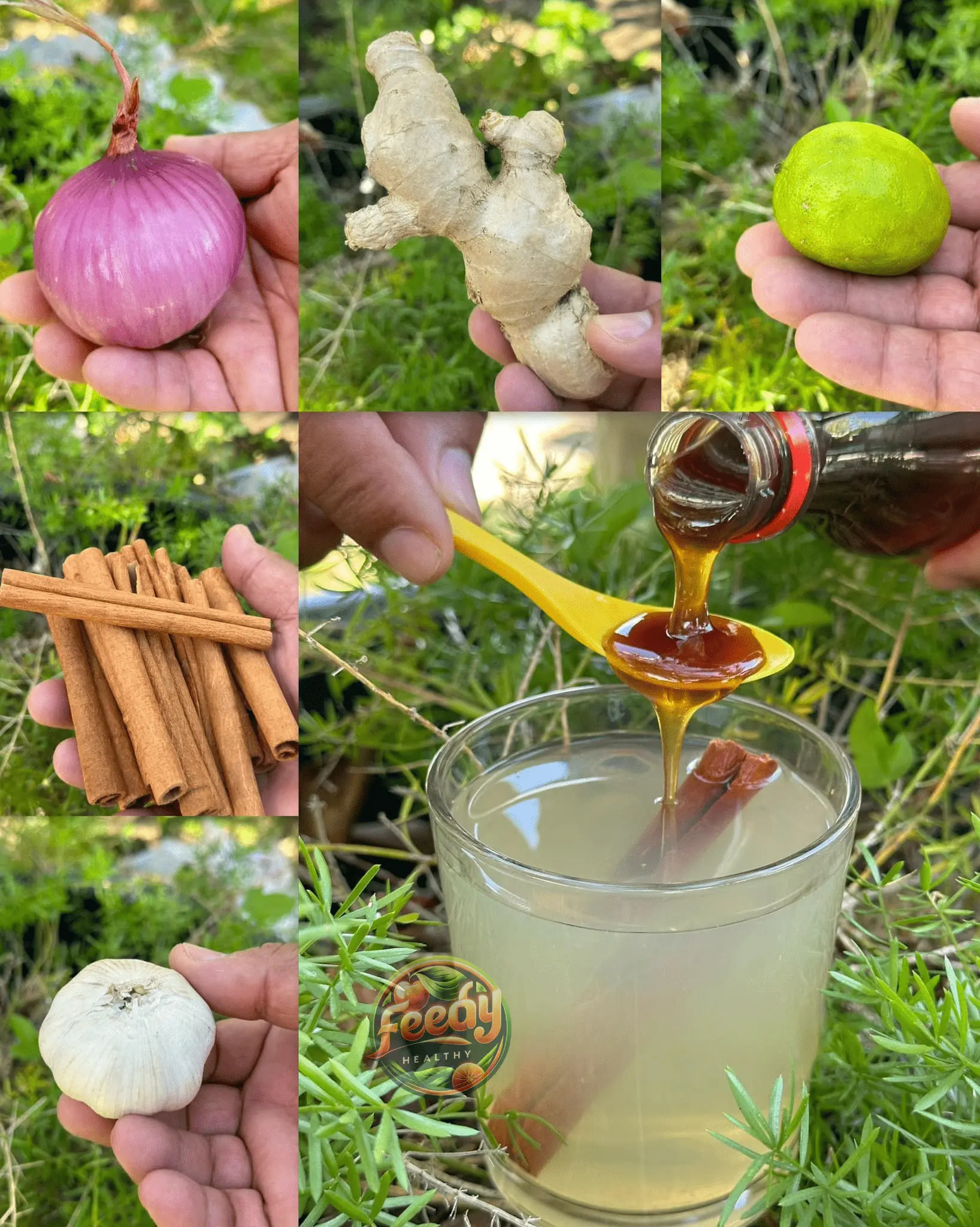
Eliminate Dry Cough, Lung Phlegm, and Sore Throat Naturally
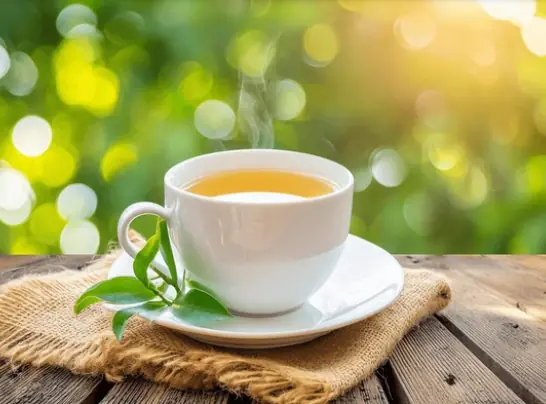
The Ultimate Morning & After-Meal Tea: A Health-Boosting Blend
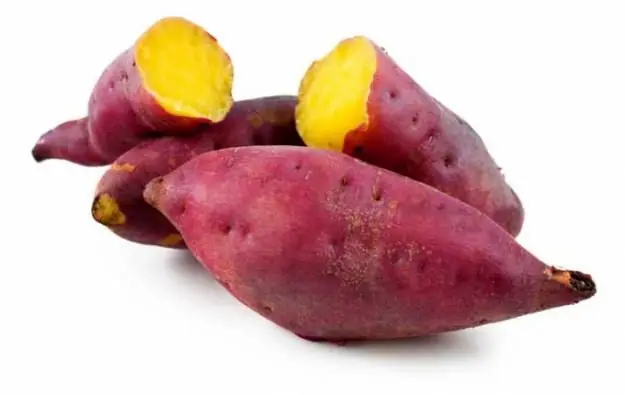
Sweet Potatoes: The Delicious Superfood You Need in Your Diet! 🍠💪
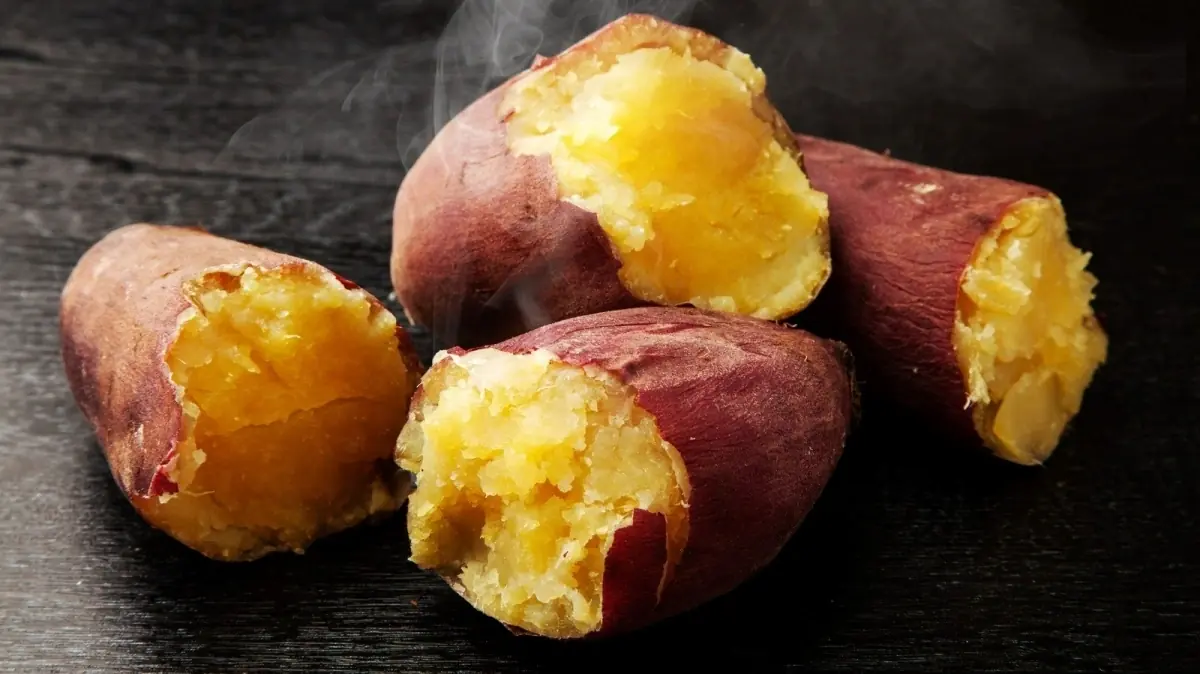
A survey of 260,000 people by Japanese researchers suggests that sweet potatoes are the best food to fight cancer. Is that really true?
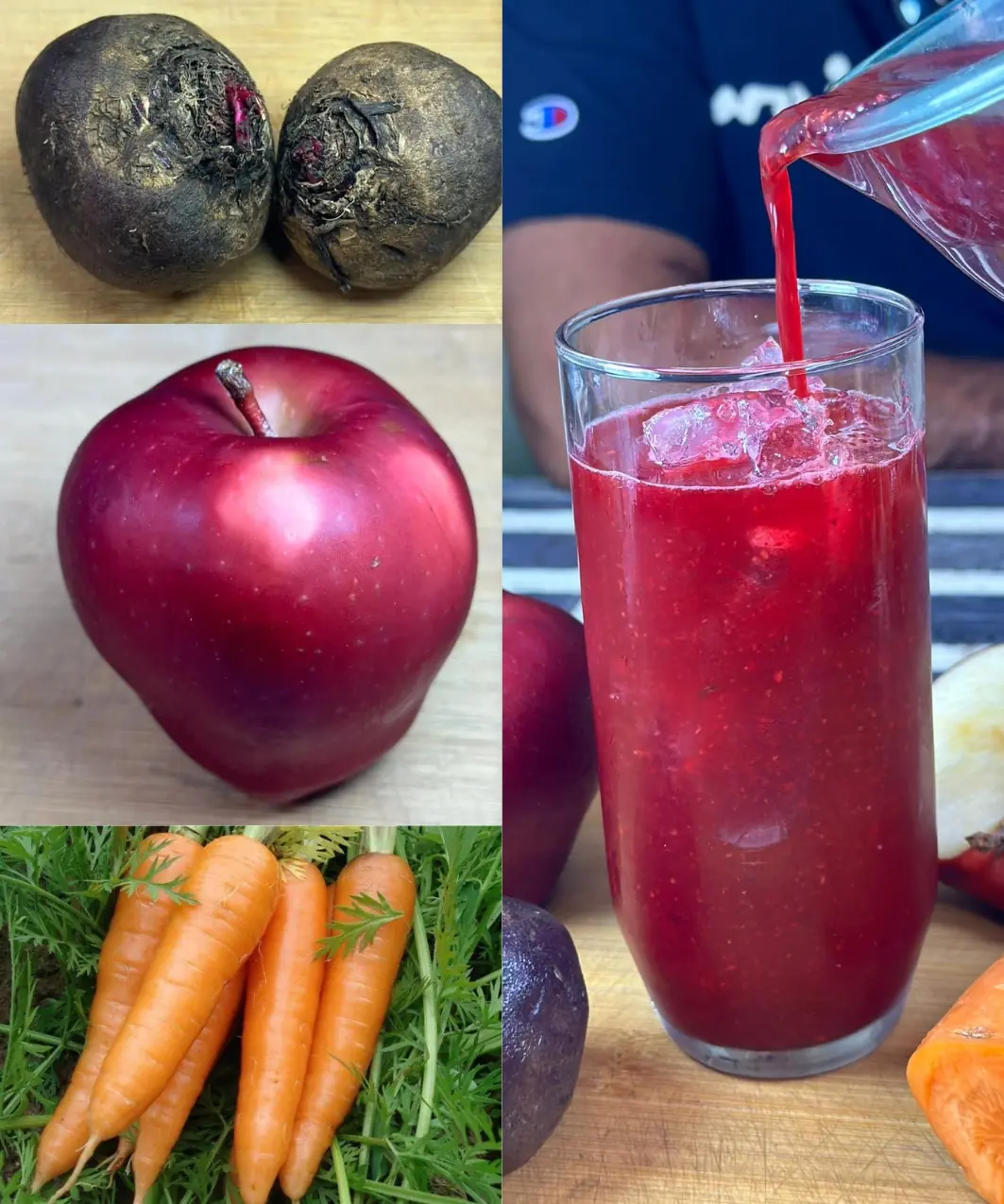
Remove Anemia, Restore Your Vision, and Cleanse Your Liver!!!
News Post

Recommended this smoothie, and one glass a day was sufficient to naturally resolve these problems.

The Real Culprit Behind High Blood Pressure Isn’t Salt – It’s This! Stop Overeating It Before It’s Too Late
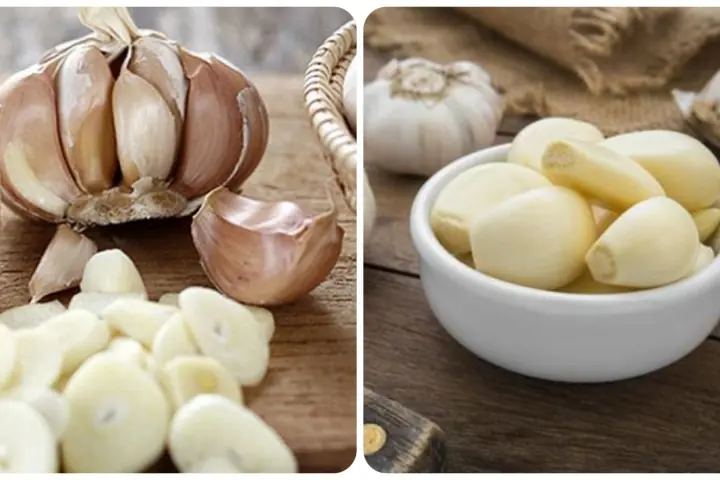
A 59-Year-Old Man Ate Raw Garlic Daily for Its Antibacterial and Anti-Tumor Properties—What Happened to His Health After Six Months?
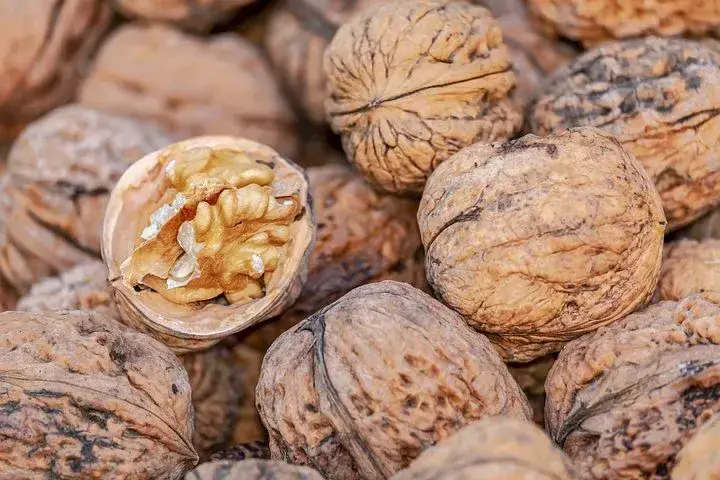
If Budget Allows, Include These Nutrient-Rich Foods in Your Diet to Boost Immunity and Maintain Health!
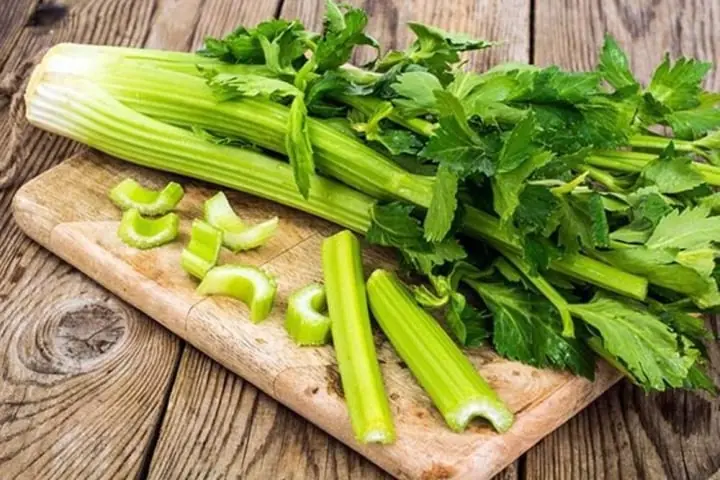
Doctor’s Warning: Avoid Eating Celery with These Foods – It May Harm Your Health, and Many People Don’t Know It

Is Oral Cancer a Result of Ignoring Symptoms? 6 Warning Signs You Shouldn’t Overlook

Turn Overripe Tomatoes into Flavorful Tomato Powder Instead of Waste

Dates & Papaya: A Powerful Duo for Your Health
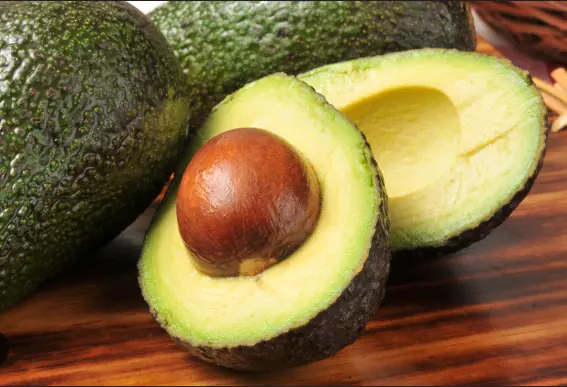
Avocado Seeds: 7 Powerful Reasons to Stop Throwing Them Away

Is Lung Cancer Contagious? Can It Be Inherited? A Doctor Reveals the Truth
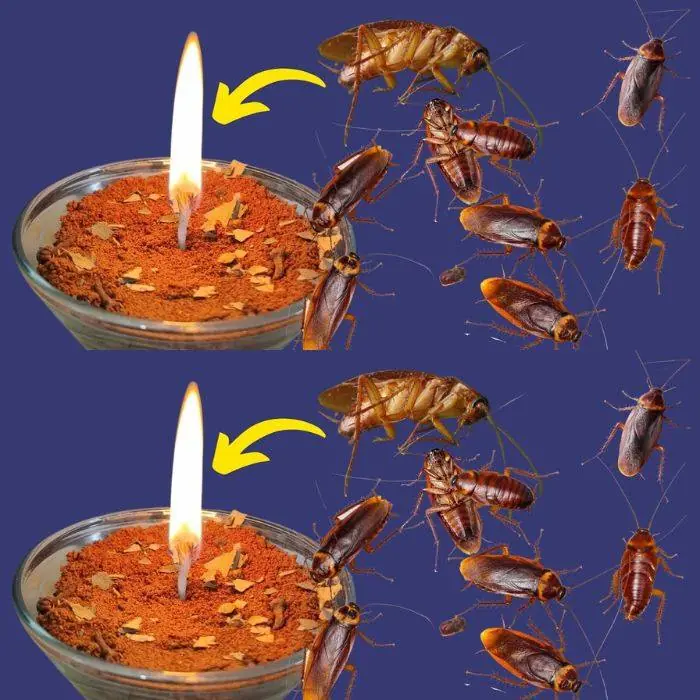
Say Goodbye to Flies and Cockroaches in Just One Hour with This Simple Trick!

Garlic, Honey, and Cloves – A Powerful Natural Remedy for Better Health

5 Essential Leaves to Naturally Enhance Eye Health

Doctor’s Warning: People Prone to Pancreatic Cancer Tend to Share These Common Traits – Here’s What You Need to Know

The Drink That Will Empty Hospitals in 2025 – Cures Diabetes, High Blood Pressure, and Cancer Without Medication

Blueberry Banana Smoothie – A Creamy & Nutritious Delight!
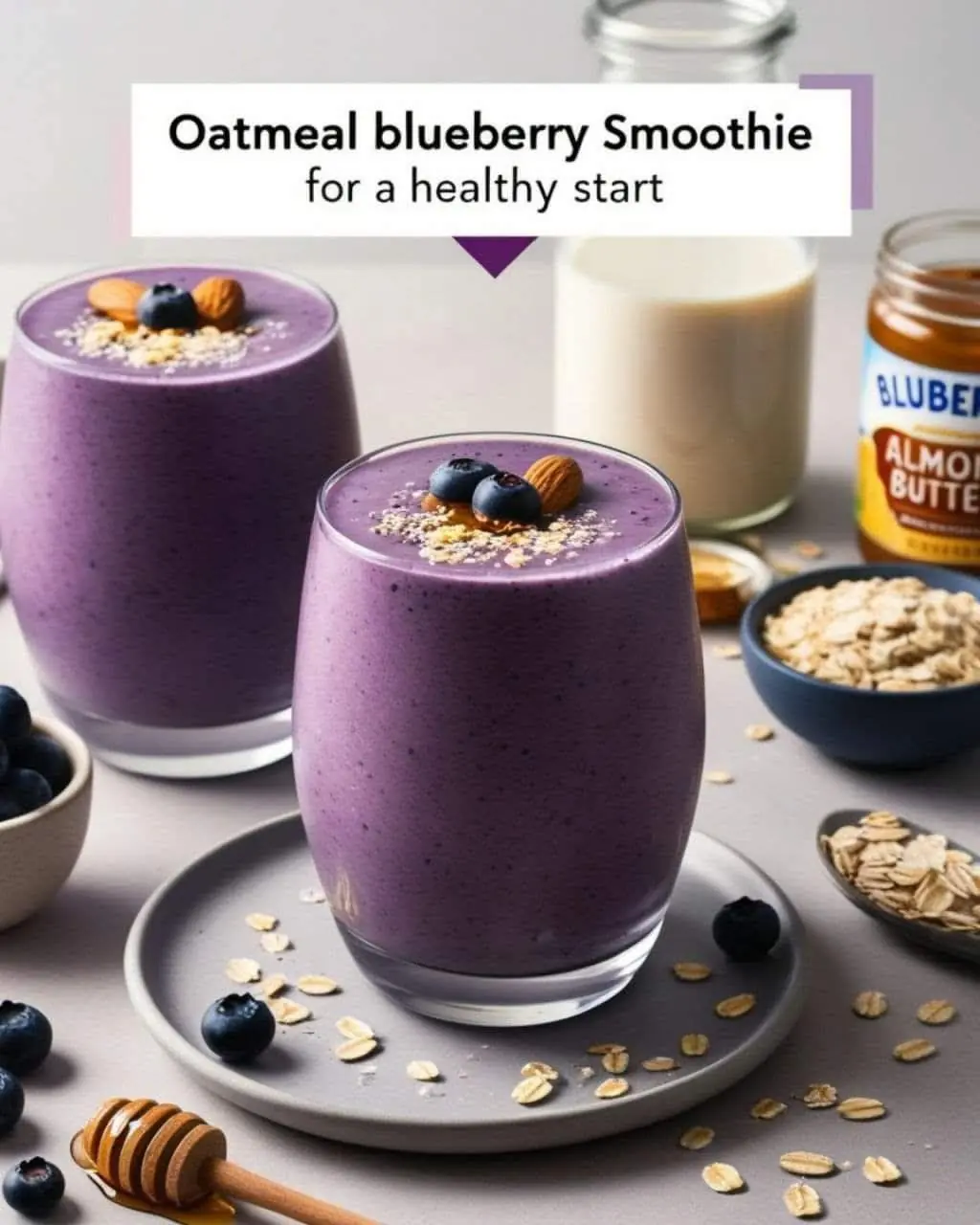
Oatmeal Blueberry Smoothie – A Creamy, Nutritious Breakfast in a Glass!
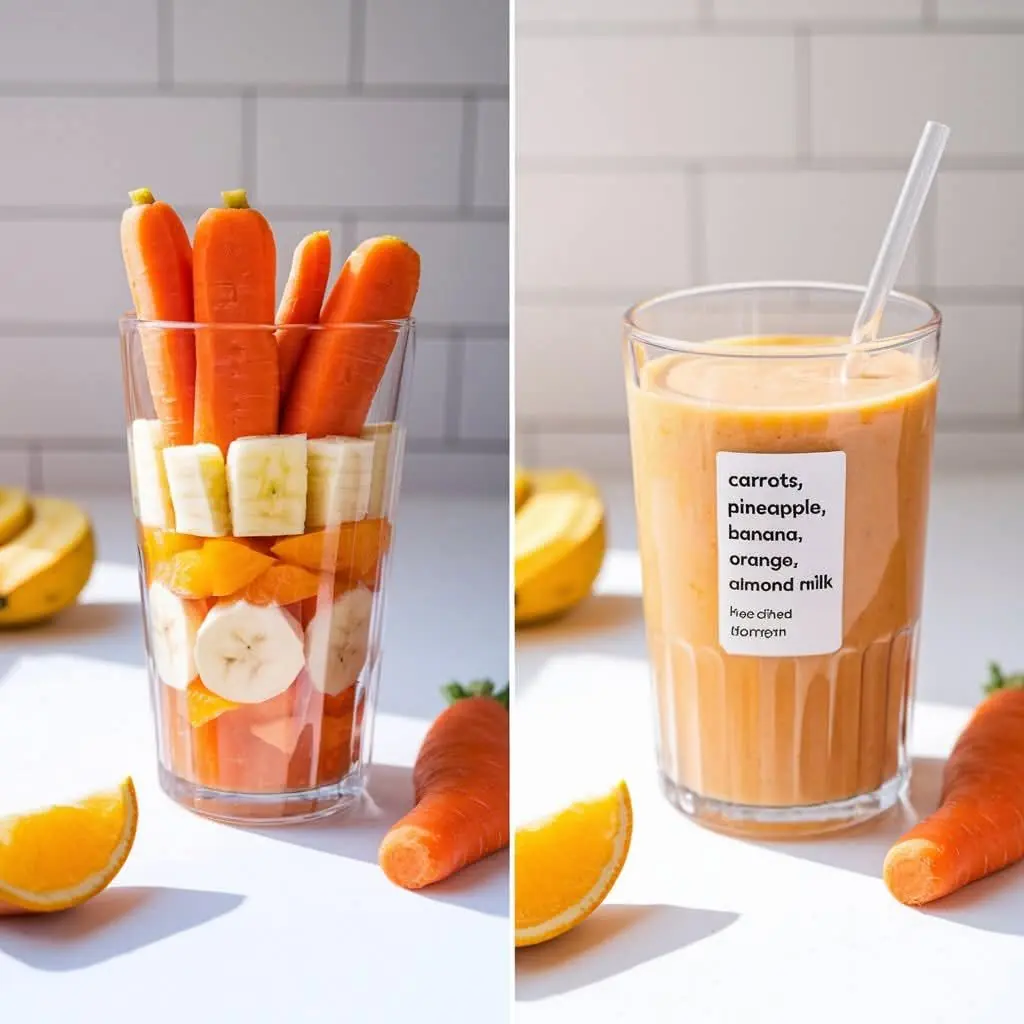
Carrot Pineapple Smoothie – A Refreshing & Nutrient-Packed Drink!
